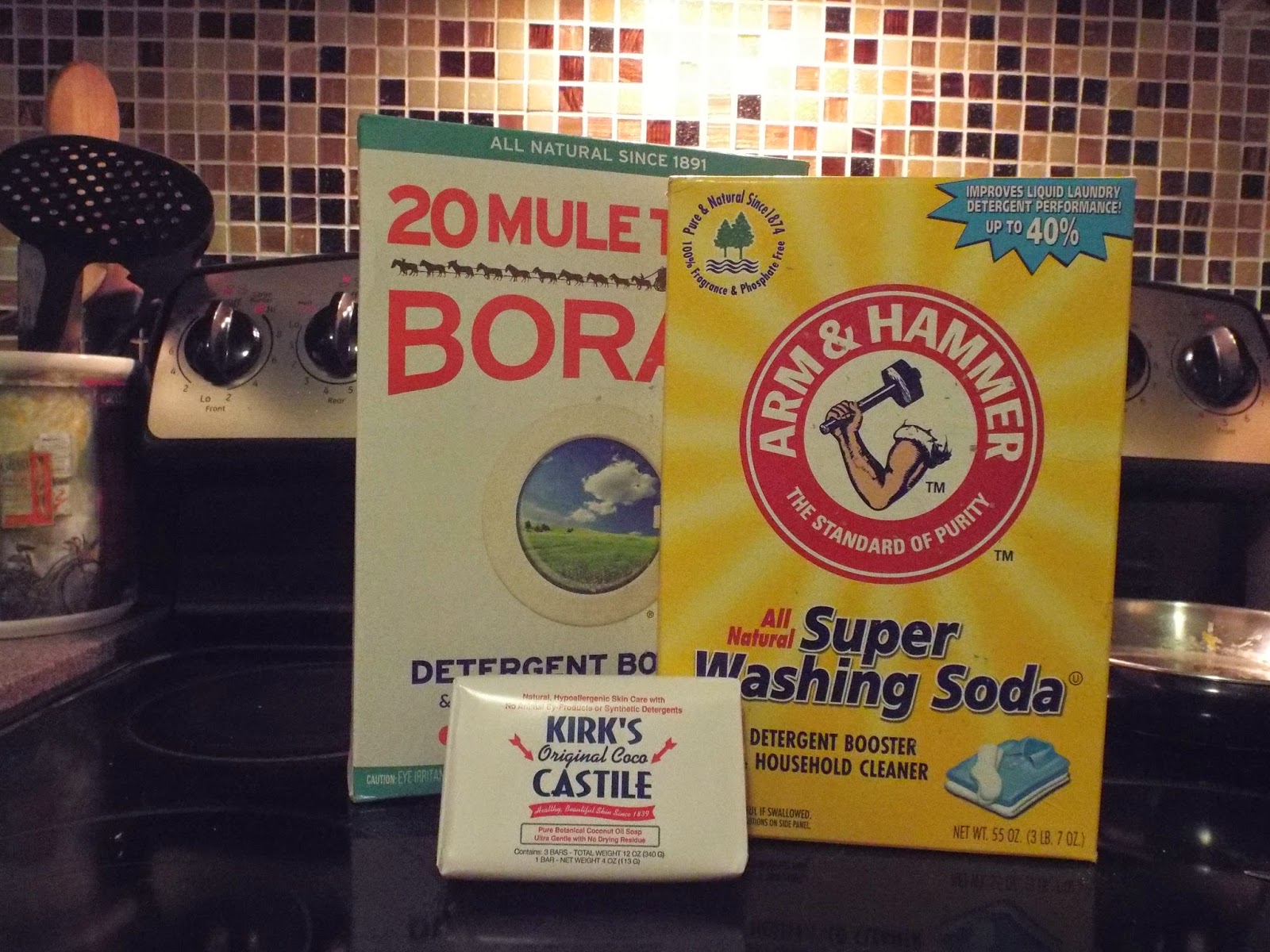A lot of people who know me think that I either don't eat meat or that I only eat white meat. The truth is more complicated than that. But when you are invited to a friend's house for dinner, it's considered impolite to ask "Is this beef grass-fed?" "Do you know your farmer?" "Can you tell me if this chicken walked in the sunshine?"
It's a weird thing to know your meat and some people truly cannot adjust their mindset to accept that the chicken they saw pecking in the grass one day will be dinner the next. I guess it's a little too much like eating a pet when you've seen the animal frolicking in the sun. Personally, I fall into another category. I like to know without a doubt that the animal on my dinner plate lived the kind of life it was meant to live.
So what does that mean?
It means fresh air, sunshine, a natural diet and habitat. It means someone cared for that animal if it was raised by humans. It means a cow living a cow kind of life and a chicken living a chicken kind of life.
Ideally, we'd all have access to this kind meat in any grocery store we walked into. The reality is far from that, however. Part of the difficulty in knowing where our meat comes from stems from confusing labels. The claims of packaging are often false and misleading. For example, if a meat package says an animal has "access to outside" all that means is that a tiny door in a chicken house that houses tens of thousands of chickens is open. Now chickens aren't the brightest creatures, so it's highly unlikely that a chicken across the house is going to say, "Hey, let me climb over 20,000 other birds to get me some fresh air." They are going to maintain the status quo...pecking at a concrete slab covered in poop. Likewise, think about the claim "vegetarian fed." Chickens aren't vegetarians. They eat bugs...vegetarian fed typically means that they were fed a diet of grain absent of other dead animals. So the fact that they aren't being fed dead cows is good because beef is not a typical part of a chicken's diet, but it's incorrect to assume that chickens are strict herbivores. They are not. They forage in the grass and eat bugs as a source of protein. But they can't do that when they are isolated from their natural environment and fed a diet devoid of their natural fare.
It's easy to fool yourself into thinking that the package of chicken with a farm on the label and words like "natural, free-range, vegetarian fed" means that that meat was humanely raised and slaughtered. But if you believe that, you are fooling yourself.
So what kind of life should an animal live? A kind and humane one...the kind they would live if left to their own devices. One devoid of antibiotics, growth hormones, unnecessary confinement and foods that aren't a part of their natural diet.
In conventional practices, after a calf is weaned, it is sent to a
concentrated animal feeding operation (CAFO). This is pretty much
cow hell. They are packed nose to tail into one place, given no access to fresh air or grass and fed a diet that is outside the scope of their naturally occurring habits (at best, only grain--most likely GMO-grain; at worst, dead cows and pigs too diseased to be processed for human consumption). They are also fed antibiotics to survive the close living conditions of feedlots and growth hormones to fatten them up faster.
Why does it matter if a cow is fed grain (i.e. corn) instead of it's natural diet of grass? The nutritional profile of grass-fed beef is very different from the nutritional profile of grain-fed beef. Grass-fed beef is much higher in
omega-3 fatty acids, it is also has a different ratio of saturated fats (it is higher in stearic acid which is NOT associated with an increase in cholesterol levels), it's higher in
conjugated linoleic acid (CLA), a fat that has antioxidant qualities. Grass-fed beef is also higher in other minerals, antioxidants and vitamins. In addition, grain-fed cows are more susceptible to E. Coli. All cows have E. Coli in their guts the same way that humans have a variety of bacteria in their bellies. But cows fed a grain based diet don't have the right ratio of bacteria and, therefore, are less able to combat this naturally occurring bacteria. Add sloppy processing practices and grain-fed cows can be a ticking time bomb of killer E. Coli. The stomachs of grass-fed cows are much more able to combat the E. Coli bacteria and therefore, are far less likely to pass on that bacteria to humans. In addition, they don't need blanket antibiotics because they aren't crammed into close quarters with thousands of other cows and because farmers who raise grass-fed beef use different practices, they don't give growth hormones to fatten them up quicker.
But I don't eat grass-fed beef for the nutritional content. I eat grass fed because anything else feels wrong to me. I can't support a system that packs cows into a hellacious den of bacteria. I can't support a system that rips calves away from their mothers and feeds them gruel and man-made hormones to fatten them up faster. I can't support a cruel and unusual system of food management.
I buy grass fed because, in my mind, it's the only beef that's acceptable. And that philosophy extends to pigs and chickens, too.
For a long time, I felt that they only way to avoid eating CAFO meat was to avoid eating meat all together, but that wasn't something I wanted to do. The truth is, I like meat. It tastes good. Last night, I blended ground beef and ground pork with some fresh rosemary and dried herbs, my husband fired up the grill and we had burgers so delicious I ate two of them and was stuffed to the gills. I want to be able to do that and not worry about anything other than my waistline.
So what's the answer? For me, the answer is knowing where my meat comes from. I know my farmer. Her name is Kelly; she graduated high school with my sister and brother-in-law. She's super nice and adorable and most importantly, is kind to the animals she raises.
But here's the thing...not everyone lives in an area where knowing your farmer is a viable option. And not everyone can afford to take part in a
CSA...hell, I can barely afford it, but I'm willing to make sacrifices in other places so that we can afford it.
"Clean" meat should be accessible to every person in this country. No one should ever have to worry about the pathogens that might be in their food supply. No one should ever have to wonder if the meat on their plate was mistreated when it was still walking around.
Everyone should have an opportunity to eat well and without worry.
For more on this topic, visit
Eat Wild.


































